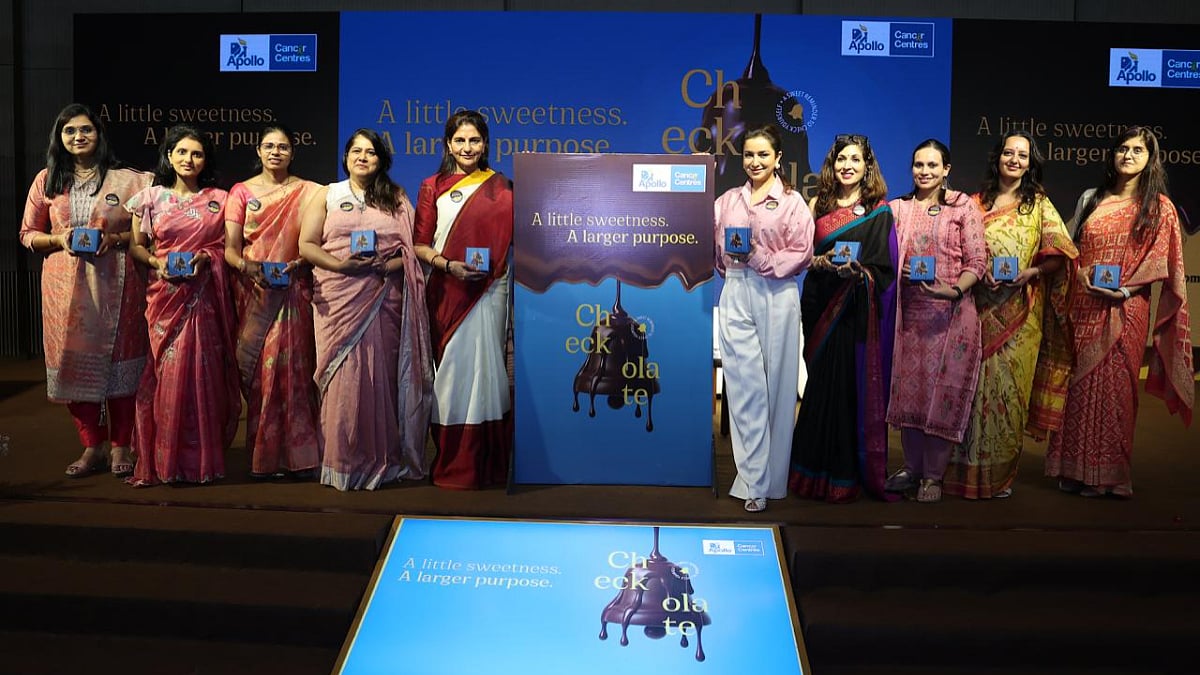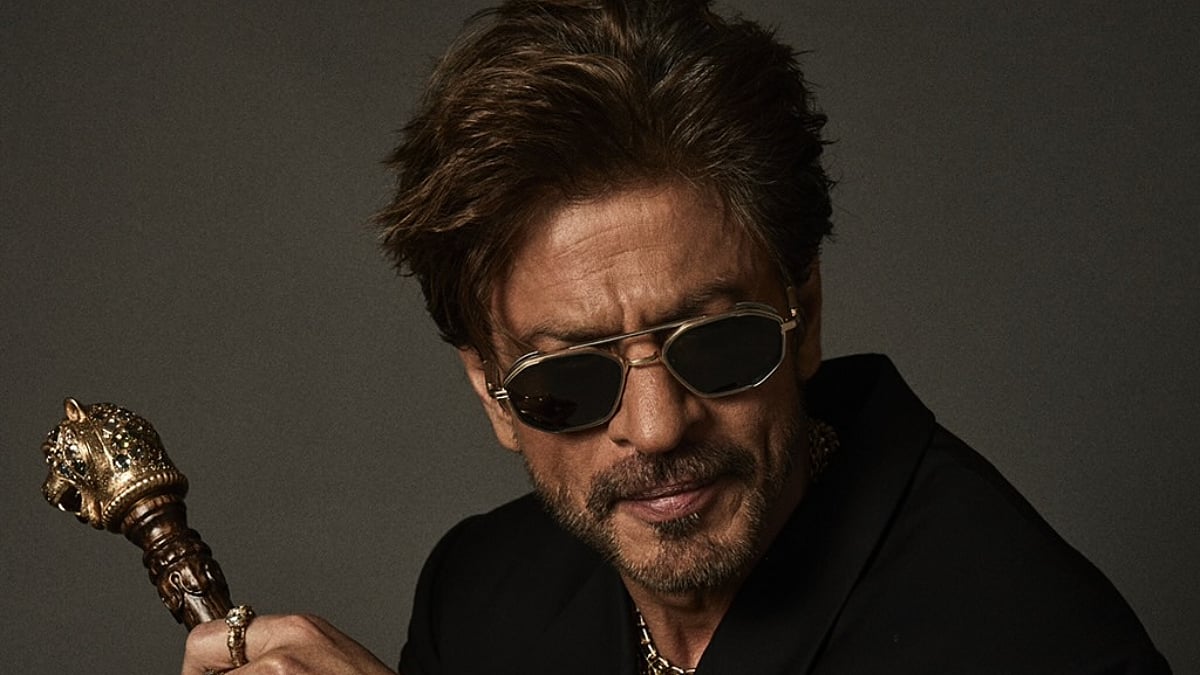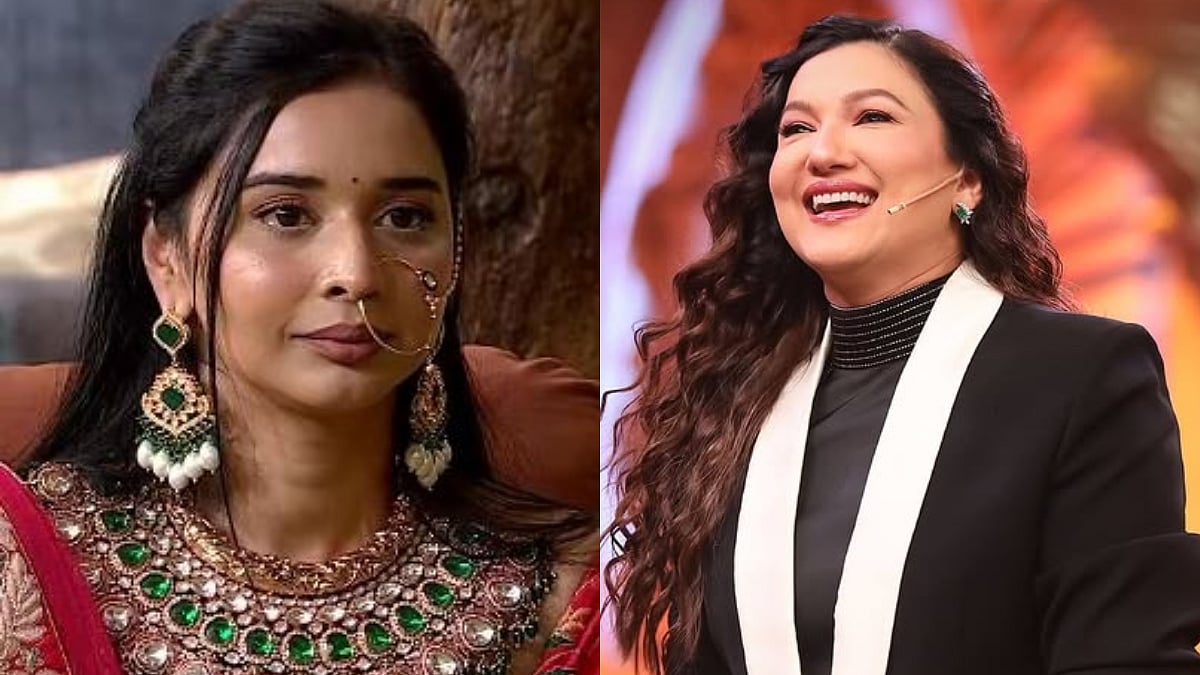The Bharatiya Janata Party (BJP) General Secretary and yatra pramukh (chief organiser) Sujit Singh Thakur shared the experiences and nuances of planning the Mahajanadesh yatra led by Chief Minister Devendra Fadnavis with Free Press Journal's Political Editor, Pramod Chunchuwar. According to Thakur, the massive response to the yatra proves that Fadnavis will get the people's mandate for the next term too as the chief minister. Edited excerpts:
What was the concept for the Mahajanadesh yatra?
Yatra (tour) is our culture. Since ages, we Indians do yatras. In politics too, BJP has followed this culture. We did yatras when we were in the opposition and exposed the then ruling parties. But as we are now ruling the state, we decided to present our achievements and work records before the people and seek their mandate for the next term. This was the concept for the Mahajanadesh yatra.
What were the challenges while planning for the yatra?
This was the first time that a chief minister was going on a yatra. There was a challenge that how people will react to this yatra. Because, people generally have grudges against the incumbent government. They may protest or may not welcome such yatras by the leader of a government. But our apprehensions were proved wrong. People welcomed the yatra with much enthusiasm, and Devendra Fadnavis became the first chief minister to conduct such a yatra.
What was the route of the yatra?
The yatra travelled 4,000 kms for a total 25 days in three phases. It passed through 142 assembly constituencies in 31 districts. The first phase was scheduled between August 1-6 in Vidarbha region. The yatra was expected to pass through 10 districts and 40 assembly constituencies. As per the schedule, it started from Gurukunj Mojhari, a town in Amravati district on August 1 in the presence of Defence Minister Rajnath Singh. This first phase was stopped due to floods in Kolhapur and Sangli and death of former union minister Sushama Swaraj on August 6. The second phase of the yatra was scheduled from August 22 to September 1 and it passed through Vidarbha, North Maharashtra, Marathwada and Western Maharashtra. The second phase was launched at Jalna in the presence of BJP’s national executive president JP Nadda and national general secretary Bhupendra Yadav. It travelled 1,169 kms through 14 districts and passed through 50 assembly constituencies. The concluding rally of the second phase was held at Solapur and BJP national president Amit Shah was present. The third phase started from Akole in Ahmednagar and ended in Nashik. It was during September 13-19 and passed through North Maharashtra, Western Maharashtra and Kokan, and travelled 1,044 kms through seven districts and 52 assembly constituencies. Prime Minister Narendra Modi graced the concluding ceremony of the yatra in Nashik.
How did you micro plan the yatra as its pramukh?
It was a very challenging task as the yatra was one of the biggest and passing through 4,000 kms. We identified three routes for three phases and prepared six teams for a recce of the route. These six teams consisting of 250 people were distributed in six revenue divisions of the state. They travelled personally through the various parts assigned to them and checked every important points. They also calculated the actual travelling distance and identified the key spots for rallies and public rallies. I divided the actual work in various departments and appointed chiefs for those departments. Vehicle, food, boarding and lodging were the key departments. We used to send teams for the next three rallies in the morning so that when the CM addresses his first press conference daily at 9 am, we used to get updates about the preparations and gathering of people for the next three rallies. We had prepared Whatsapp groups of key persons in the teams.
You have also worked as an organiser of yatras for BJP leaders in the past. How did this experience help you?
Yes, my experiences helped a lot. In 1984, I first worked in the team that planned and coordinated Shivneri to Shivteerth Sangharsh Yatra of Gopinath Munde. This yatra first dented the image of Sharad Pawar and helped BJP to challenge the Congress party. I was also a member of the team that worked for LK Advani’s nation-wide yatra for its Maharashtra leg. I was also a key team member of the Marathwada Godavari Parikrma Yatra of Gopinath Munde. In 2014, I was in charge (yatra pramukh) of Punha Sangharsh Yatra led by Pankaja Munde.
Did a politician, especially like CM Fadnavis, find it difficult to reach every place on time, as there was too much pressure on him to visit the homes of key leaders and party offices?
Party organisations at every town and village were eager that the CM should stop at their places. There was a big demand for CM’s rallies in most places that he was scheduled to pass through. We planned three types of rallies during the yatra. First was the welcome rally in which the CM was expected to be welcomed by villagers and party workers. In the second rally, the CM would address the public from his rath. The third was a public rally where the CM will visit the venue of the rally and address people from a stage. To ensure a strict adherence to the time schedule, it was decided that the CM will not visit anybody's home for tea or food, even if that person is a key leader of the party. However, two exceptions were made to this rule -- he visited Chhatrapati Udayan Raje Bhosale and Shivendra Raje Bhosale's homes for tea. We had directed our party workers to garland all national leaders and social reformers statues in a town so that the CM could save time. It was also decided that the CM will not visit any temple or mutts during the tour. Even the photos kept on the stage of public rallies were asked to be kept garlanded and the CM only showered rose petals and saluted these leaders and great personalities. We had even fixed the time limit for CM's address. Everyday he addressed a minimum of four public rallies and it was decided that he would not speak more than 40 minutes in these. These measures helped us to save a major part of time. But the huge response to a rally at times forced us to convert a welcome rally into rallies and the CM had to address them from a rath. In all, we had more than 3,000 welcome programs of the CM. He addressed 160 public rallies in this yatra. We used two raths that were specially designed for such yatras.
What was the response to the Mahajanadesh Yatra?
The yatra received an unprecedented and historic response, which proved that CM Fadnavis is highly popular and the most trusted leader. The yatra placed the common man's seal of approval on CM Fadnavis' good and transparent governance. The participation and welcome given by women needs a special mention. Women were present on the roads in large numbers. Muslim women were also present in large numbers and by holding placards thanking the government for the abolition of instant triple talaq. They also welcomed the CM by tying rakhis. The emotions and feelings on the faces of villagers standing to welcome the CM were a clear signal that they are very happy with him. Even the youth were happy to meet and see the CM. The welcome by youths at various places was a sign that they believe in Fadnavis' leadership quality.
What was the response of farmers?
The way the CM was welcomed and received by farmers, it established that they are very happy with this government. The loan waiver given by the government, reimbursement of crop insurance amount, grants for drought affected people and the help provided by Modi government have helped farmers to sustain in the odd situations. Reactions of two farmers were indicative of the farmer's satisfaction with our government. We asked a farmer how much help he received from the state and central government. He replied with a smile that he received more amount of help than the actual cost of the crop. While passing through the drought affected Hingoli district, there was the festival of Pola when farmers worship their bullocks. We were apprehensive that the farmers may turn their backs to the yatra as they will be busy in celebrations. But in Hingoli district, there were large gatherings of farmers. In Osmanabad district, the CM asked one farmer present in a fodder camp what will he do if there is sufficient rain. He replied that he will give his farm on rent. When asked why, his reply was like a compliment to us. "If crops grow well, I will get 50 per cent share. But if it fails, the Fadnavis government will give me100 per cent compensation." This shows that CM Fadnavis has now emerged as the "jaanta raja" (sensitive ruler) of farmers and one who cares for them.
What were the key issues or achievements highlighted by the CM during the yatra?
Everyday, the CM used to start his yatra by holding a press conference at 9 am. In this, he used to elaborate what his government has done for the district in which he was holding the press conference. He used to give facts and figures about his government's help and developmental works in that district. With fact and figures, he showed how his government has given funds that are three times higher than those given by the previous Congress-NCP government in 15 years. In this yatra, Fadnavis presented his report card to the people. He told how he succeeded in providing reservation to the Maratha community and it will pass the judicial scrutiny. The Dhangar community is demanding a Scheduled Tribe (ST) reservation and our government has reviewed the study done by the Tata Institute of Social Sciences for giving this status to the community. The state has sent the study report to the Centre. Until the Centre accepts our recommendation, the state has decided to extend benefits of all welfare schemes meant for ST to the Dhangar community. To extend the benefits of 22 schemes of ST, the state government had made a provision of Rs 1,000 crore in budget. The CM also briefed the public about the progress on the memorial of Chhatrapati Shivaji Maharaj and Dr BR Ambedkar. It is true that during our regime, a large number of agitations took place. But this happened because the public felt that our government was sensitive and only we can solve their problems. The CM also said that though significant work has been done in the last five years, he needs one more term to complete the remaining work. To this appeal, people used to applaud and agree to his request to give one more term. The Mahajanadesh Yatra has clearly established that BJP and CM Fadnavis will return to power.







